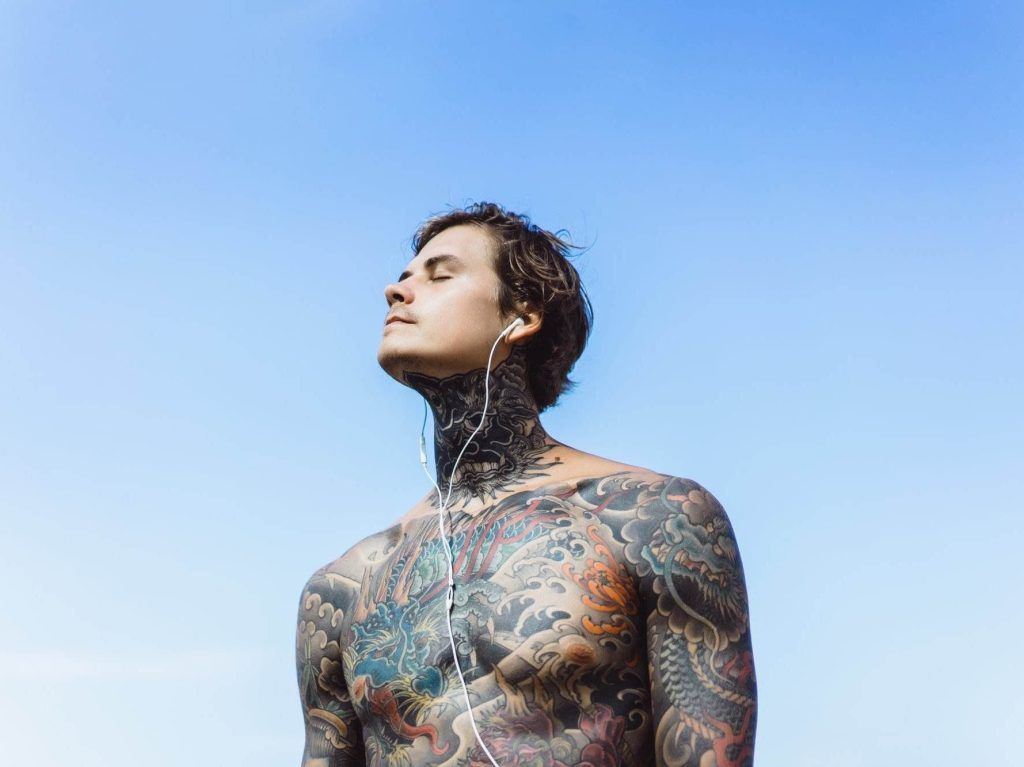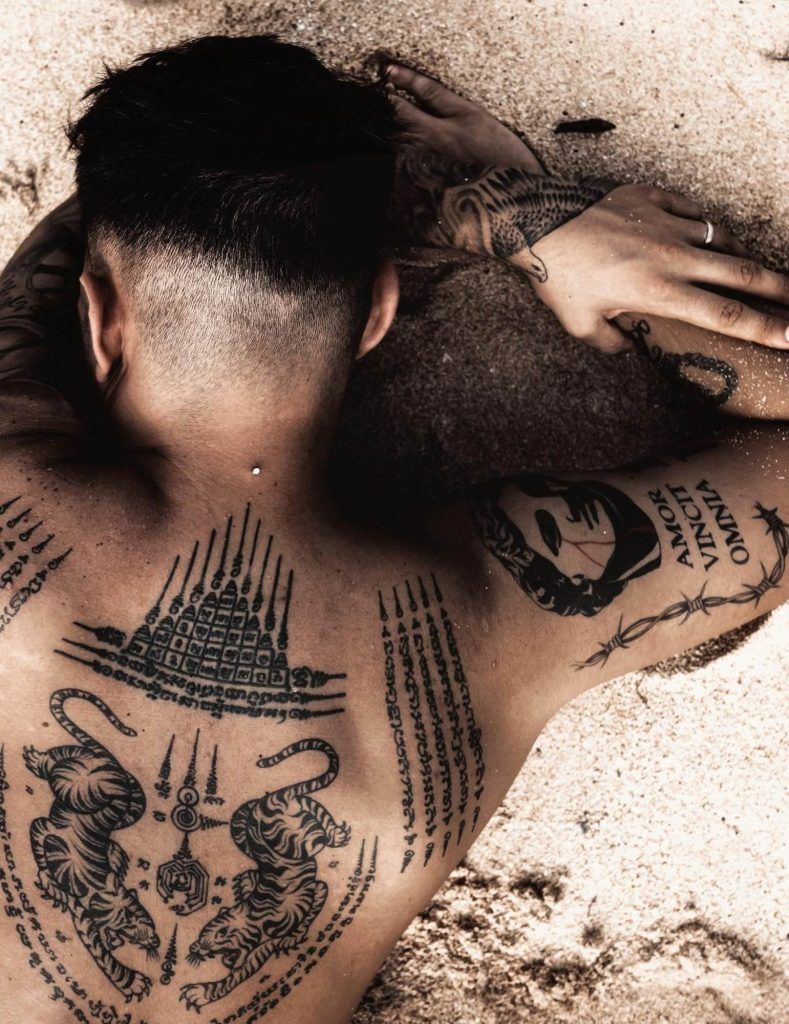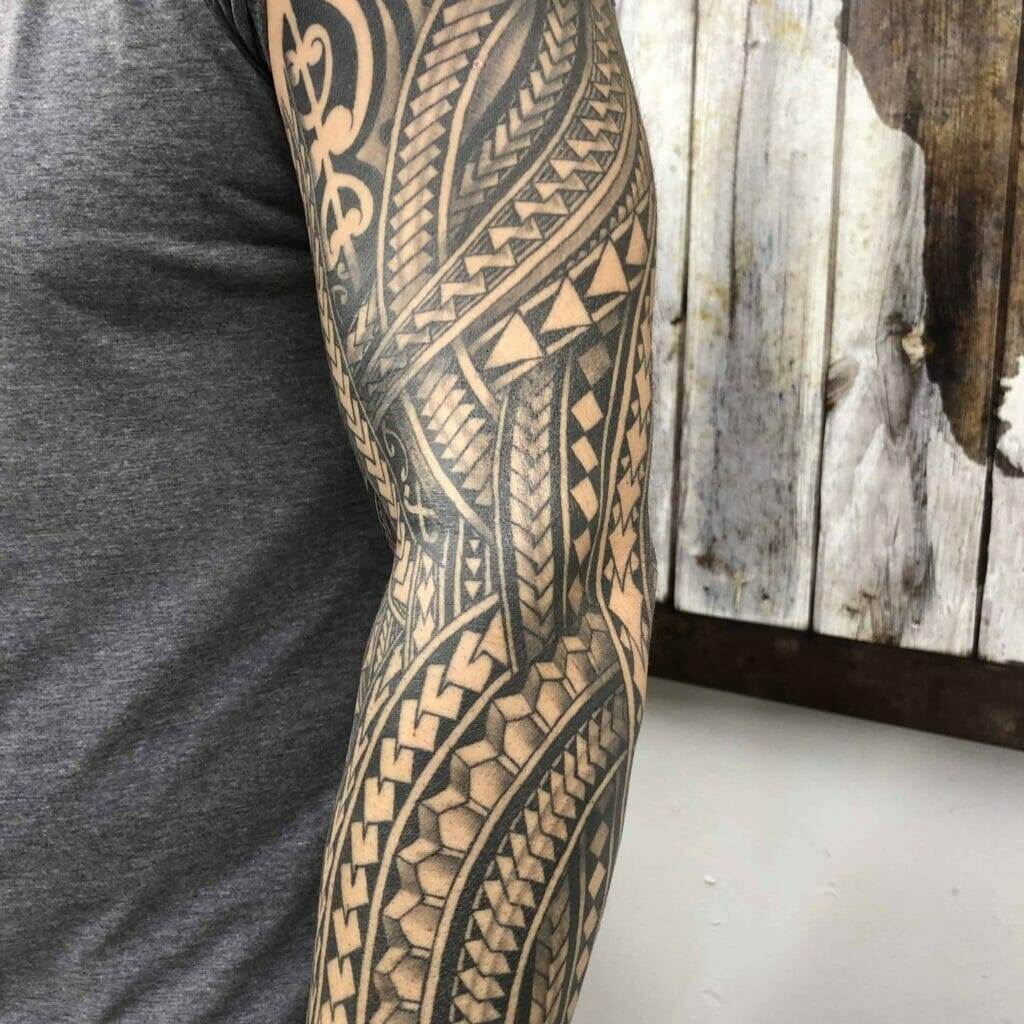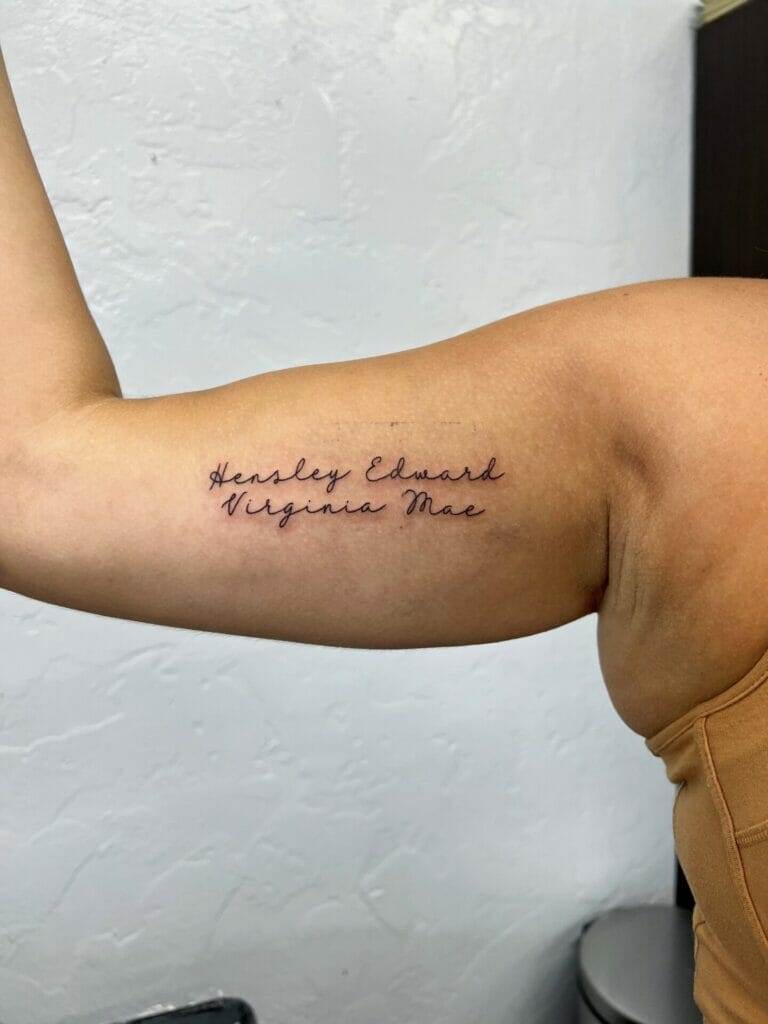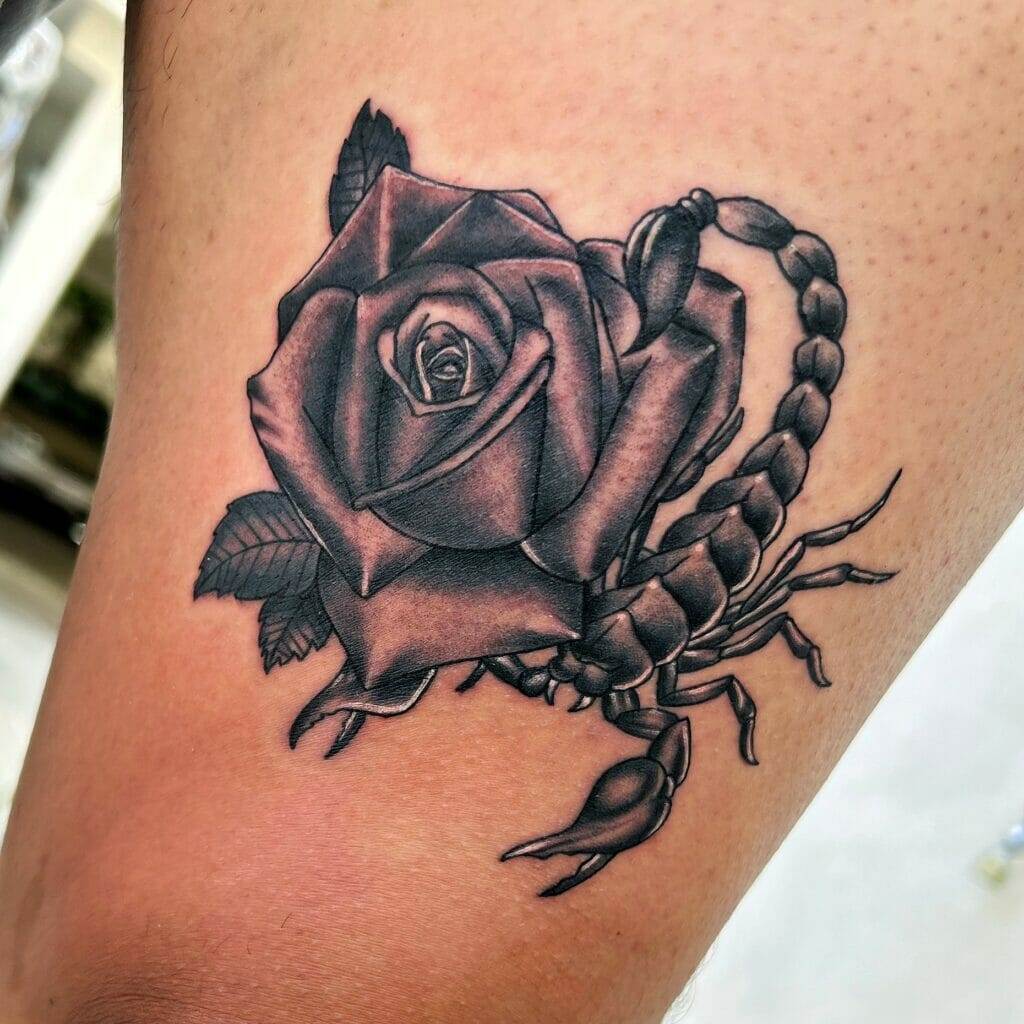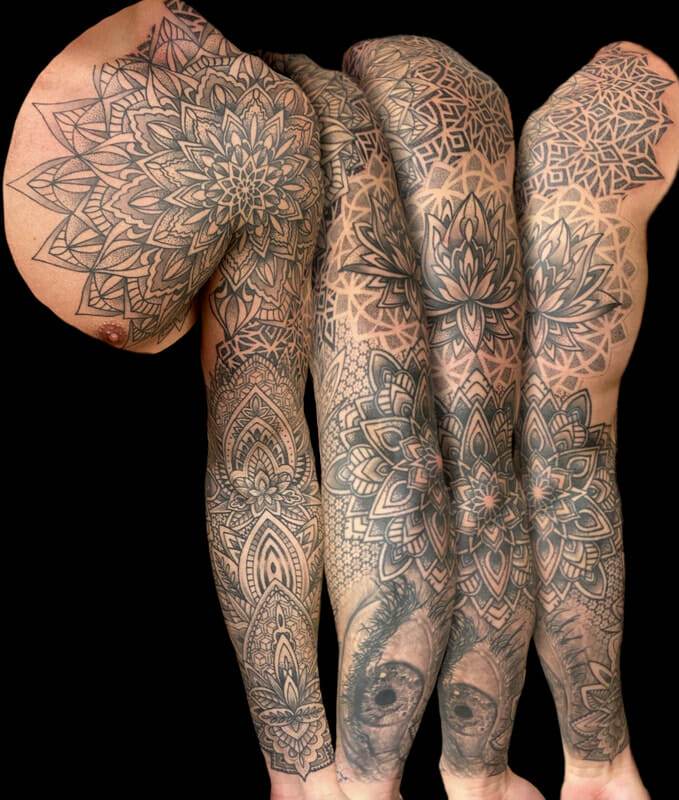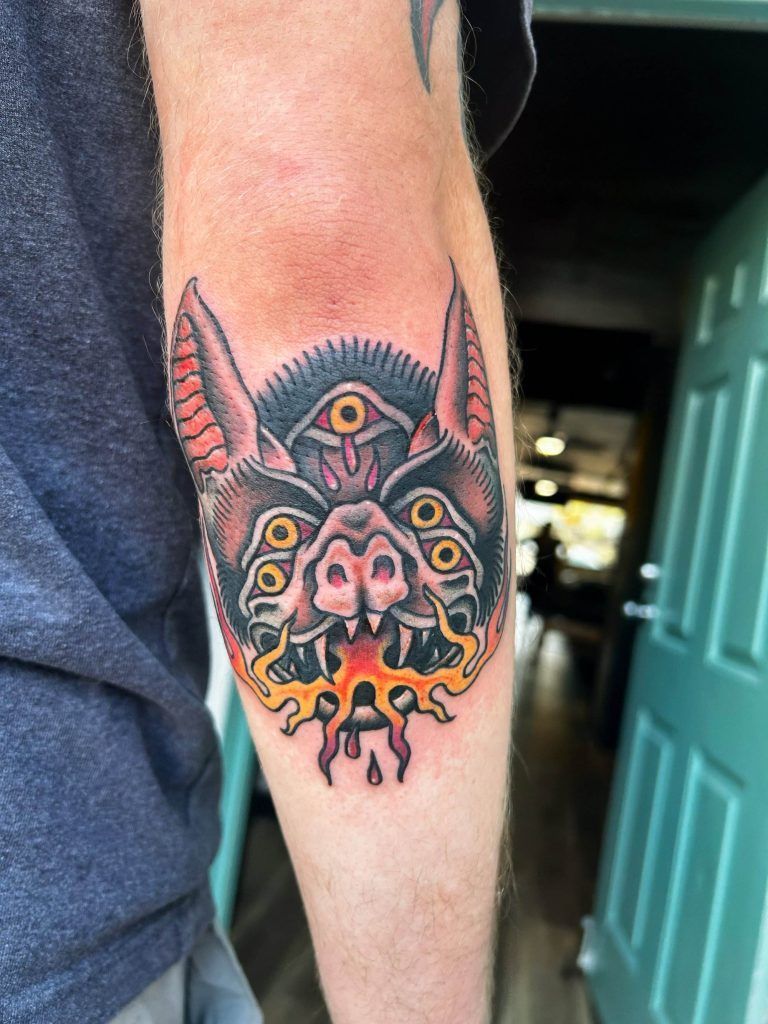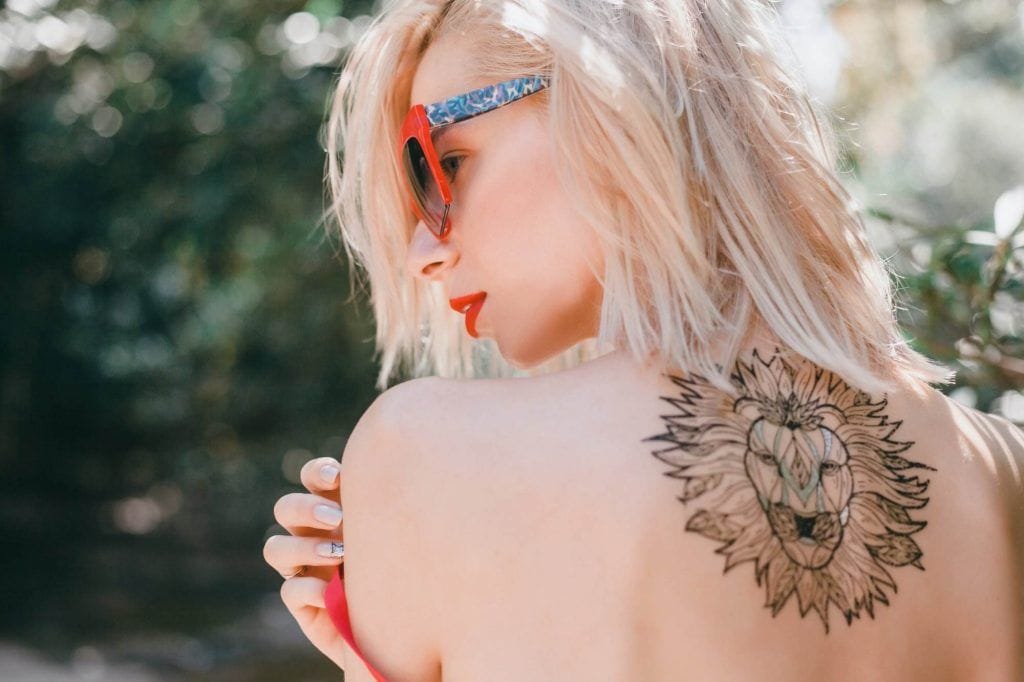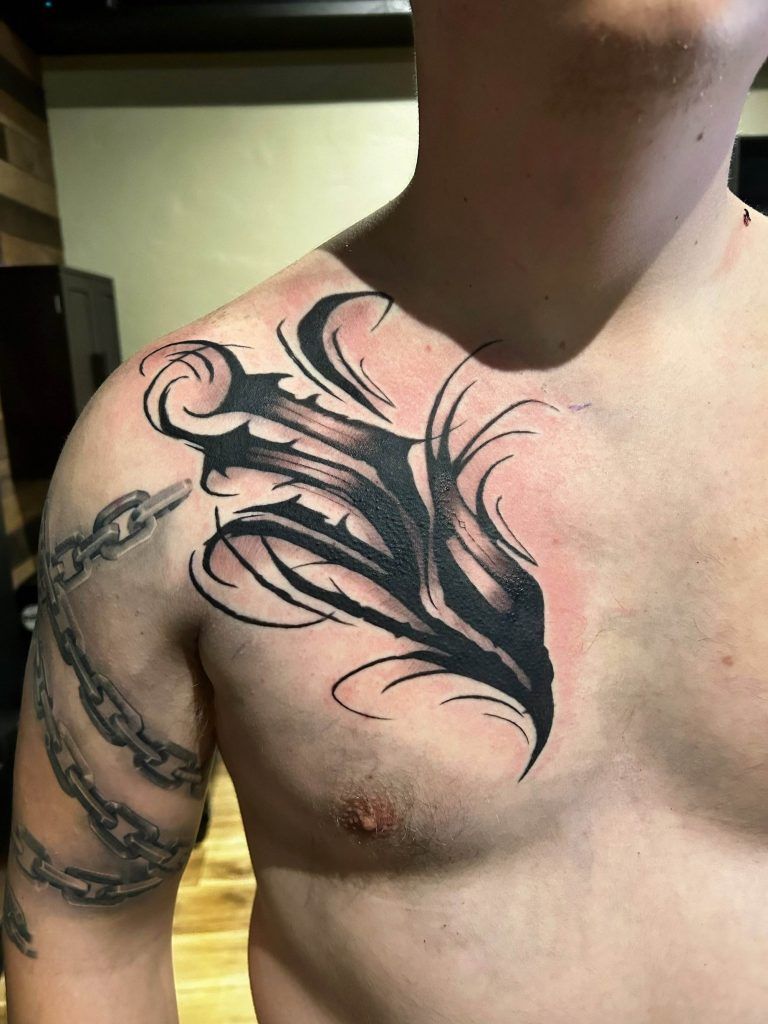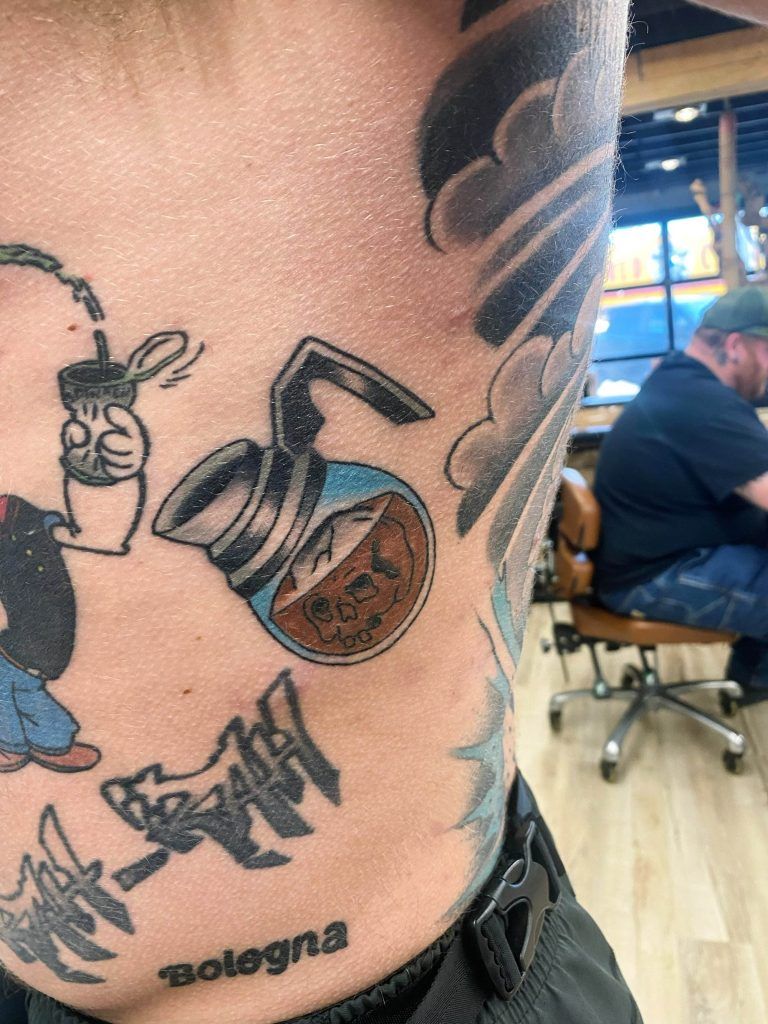Tattoos have a long and storied history that dates back thousands of years. Once a form of ritual and cultural expression, tattoos have evolved into a highly respected art form, embraced by people from all walks of life. In this article, we’ll explore the fascinating evolution of tattoos, from their ancient origins to the modern masterpieces we see today. Understanding the history of tattooing can provide deeper insight into the art form and highlight the craftsmanship behind every piece of ink.

1. The Ancient Beginnings of Tattooing
Tattoos are one of the oldest forms of body modification, with evidence of tattooing practices dating back over 5,000 years. The word ‘tattoo’ itself is derived from the Polynesian word ‘tatau,’ which means ‘to mark’ or ‘to strike.’ The oldest known tattooed individual is Ötzi the Iceman, a mummy discovered in the Alps, who had a series of simple line and dot tattoos across his body. These tattoos were believed to be used for therapeutic purposes, potentially to relieve pain or serve as medicinal markers.
Similarly, ancient Egyptian mummies have been found with tattoos depicting symbols and deities, suggesting that tattoos were not only a form of body art but also held spiritual significance. Other early tattooing cultures include the Japanese, Polynesians, and Celts, who used tattoos to signify social status, clan affiliation, and personal achievements.
2. Tattoos in Tribal and Indigenous Cultures
For many tribal and indigenous cultures, tattoos served as more than just decoration—they were a fundamental part of identity, spirituality, and social structure. For example:
Polynesian Tattoos: Polynesian tattooing is one of the most sophisticated and complex forms of tribal tattoo art. Each symbol and pattern has a specific meaning, reflecting genealogy, achievements, and social rank.
Maori Ta Moko: The Maori people of New Zealand developed ‘Ta Moko,’ a traditional form of facial tattooing. These intricate designs were unique to each individual, symbolizing family heritage and personal history.
Native American Tattoos: For many Native American tribes, tattoos were used as symbols of protection, spiritual guidance, and personal accomplishment. Designs varied widely depending on the tribe and the intended meaning.
These traditional tattooing practices were deeply tied to the cultural and spiritual beliefs of the communities and were often performed during important rites of passage.
3. Tattoos in the Western World
Tattoos were introduced to the Western world primarily through explorers and sailors in the 18th century. Captain James Cook’s voyages to the Pacific Islands brought back stories and sketches of the native peoples’ tattoos, sparking a fascination with the art form. Soon, sailors began getting tattoos as a form of memento and to mark their voyages, popularizing nautical designs such as anchors, swallows, and ship wheels.
In the early 20th century, tattoos were often associated with sideshow performers, sailors, and outlaws. Tattooing remained on the fringes of society until the 1960s and 1970s, when a new wave of artists began elevating tattooing to an art form. This period saw the emergence of custom designs and the incorporation of different artistic styles, laying the groundwork for the modern tattoo renaissance.
4. The Modern Tattoo Renaissance
The 1970s and 1980s marked a turning point for tattoos, as artists began experimenting with new styles and techniques. Pioneers such as Don Ed Hardy and Sailor Jerry Collins expanded the boundaries of traditional tattooing, blending Western and Eastern influences to create bold, innovative designs. The tattoo machine, which was invented in the late 19th century, became more refined, allowing for greater precision and detail.
During this period, tattooing gained acceptance as a legitimate art form. Studios began to emerge that focused on artistry and custom work rather than flash designs. Artists started creating intricate, large-scale pieces, such as full sleeves and back pieces, that showcased their technical skill and creativity.
5. The Rise of Tattoo Culture in the 21st Century
Today, tattoos are more popular and mainstream than ever before. With the advent of social media, tattoo artists have been able to share their work with a global audience, turning some into celebrities in their own right. Shows like *Miami Ink* and *LA Ink* helped demystify the tattoo process and highlighted the artistry behind it, bringing tattooing into the public eye and contributing to its growing acceptance.
Modern tattooing is characterized by a wide range of styles and techniques, from photorealistic portraits to delicate, fine line designs. Tattoos are no longer limited by the negative stereotypes of the past and are embraced by people from all walks of life. Artists now push the boundaries of what’s possible, using new technology, pigments, and methods to create tattoos that were once thought impossible.
6. The Future of Tattoos
The future of tattooing is bright, with technological advancements and a growing appreciation for the art form driving innovation. Some trends to watch include:
Glow-in-the-Dark and UV Tattoos
These specialized inks are designed to be invisible in normal lighting and only show under UV light.
Digital and 3D Tattoos
With the rise of 3D printing and digital design, tattooing may see new tools that allow for even greater precision and creativity.
Medical and Therapeutic Tattoos
Tattoos are being explored for medical purposes, such as creating realistic areolas for breast cancer survivors or using tattoos as a form of pain management therapy.
As tattooing continues to evolve, it’s clear that the art form will keep pushing boundaries, offering more creative and meaningful ways for individuals to express themselves.
Conclusion
From its ancient origins to the modern masterpieces of today, tattooing has undergone a remarkable transformation. What was once a practice reserved for specific cultures and rituals has become a celebrated art form that transcends boundaries and unites people around the world. At Funhouse Tattoo SD, we honor the rich history of tattooing while embracing the innovative spirit of the modern era. Whether you’re looking for a traditional piece or a contemporary design, we’re here to help you create a tattoo that reflects your personal journey.

